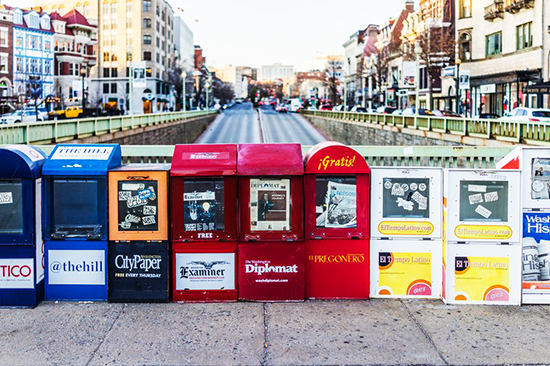
By Glendora Meikle | New America
“The four elements of literacy—the ability to find, understand, create and act on information—are part of the ‘new literacies’ of the modern era: information literacy, digital literacy, media literacy and news literacy. … No one is born with these literacies. Education matters.”
This declaration was the crux of a powerful excerpt from a report co-authored last month by the Walter Cronkite School of Journalism and Mass Communication’s Eric Newton for the Knight Commission on Trust, Media, and Democracy.
“Whose job is it,” Newton asks, “to help a community understand news?”
Over the past several years, many in the journalism community have been working to establish what exactly the public understands about how the news is made, often with the help of polls and surveys. For instance, a Pew survey released shortly after the 2016 election tackled Americans’ relationship to “fake news.” And last year, research from the Media Insight Project dug into what “Americans and the news media do—and don’t—understand about each other” and found that basic terms like “attribution” and “op-ed” were poorly understood by large segments of the population.
And the most eye-popping result of late: A new poll that showed that 60 percent of all respondents believe that journalists are sometimes paid by their sources.











